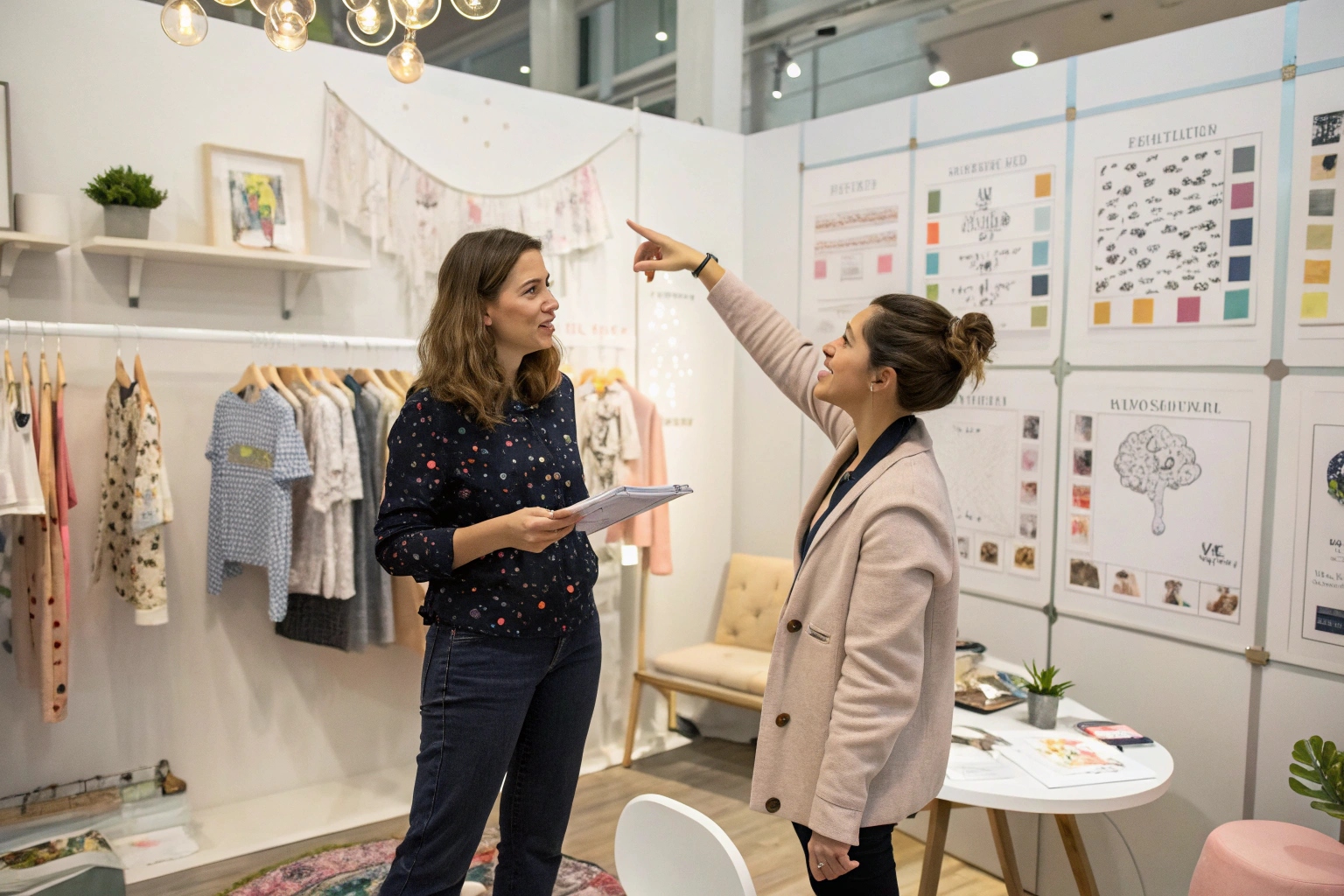You have a dream capsule kidswear line — but now what? Getting boutique retailers to carry your designs can feel intimidating.
To pitch a capsule line to children’s boutiques, you must offer a curated, seasonally-relevant collection with clear pricing, visuals, and selling points that match the boutique’s brand identity.
Most boutique owners care about story, value, and visual cohesion. In this article, I’ll walk you through starting a kids line, pitching it persuasively, and ensuring it works within the boutique ecosystem.
How to start a clothing line for kids?
Want to enter the booming kidswear market but don’t know where to begin?
Start your kids' clothing line by identifying a niche, designing a capsule collection, finding a reliable clothing manufacturer, and creating sample sets for pitching or launching.
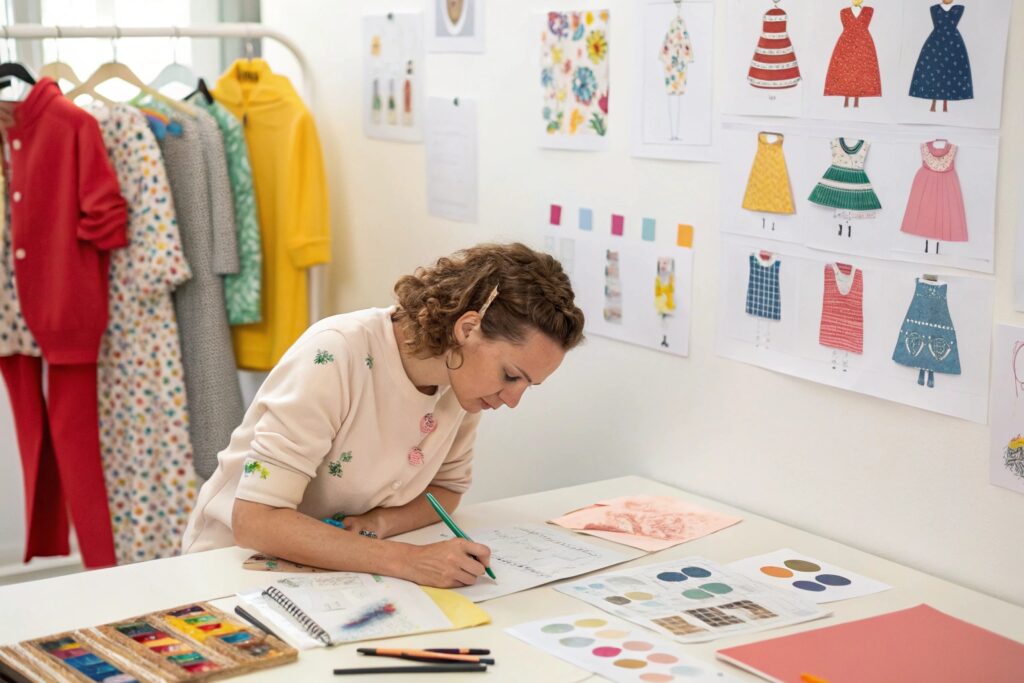
What are the first steps to turning your kidswear idea into a market-ready collection?
It all starts with clarity. Are you targeting toddlers or tweens? Urban moms or eco-conscious parents? Once you define your audience, the next step is designing a capsule wardrobe — a limited but coordinated group of outfits.
For example, at Fumao Clothing, we help new brands start with 6–10 versatile SKUs: tops, bottoms, and outerwear in cohesive palettes. Capsule formats save you time and money while creating strong merchandising stories.
Next, you'll need prototypes. We manufacture low-MOQ custom samples, which lets you test before investing in large runs. Once you have samples, create a line sheet (with photos, pricing, sizes) and get ready to pitch.
What are the biggest mistakes first-time kidswear founders make?
Many try to launch full, complex collections with too many SKUs. That leads to inventory overload and confusion. Others ignore sizing accuracy or don’t test fabric durability for active children.
Another common issue: choosing the wrong supplier. If the factory can't handle small orders or lacks compliance certifications like OEKO-TEX, your boutique buyers will hesitate. That’s why founders come to Fumao Clothing — we specialize in helping new brands start small but smart.
How profitable is a children's boutique?
Thinking about retailing your own collection or partnering with boutiques? Let's look at the numbers.
Children’s boutiques can be very profitable due to high markup potential, low return rates, and the emotional buying behavior of parents.
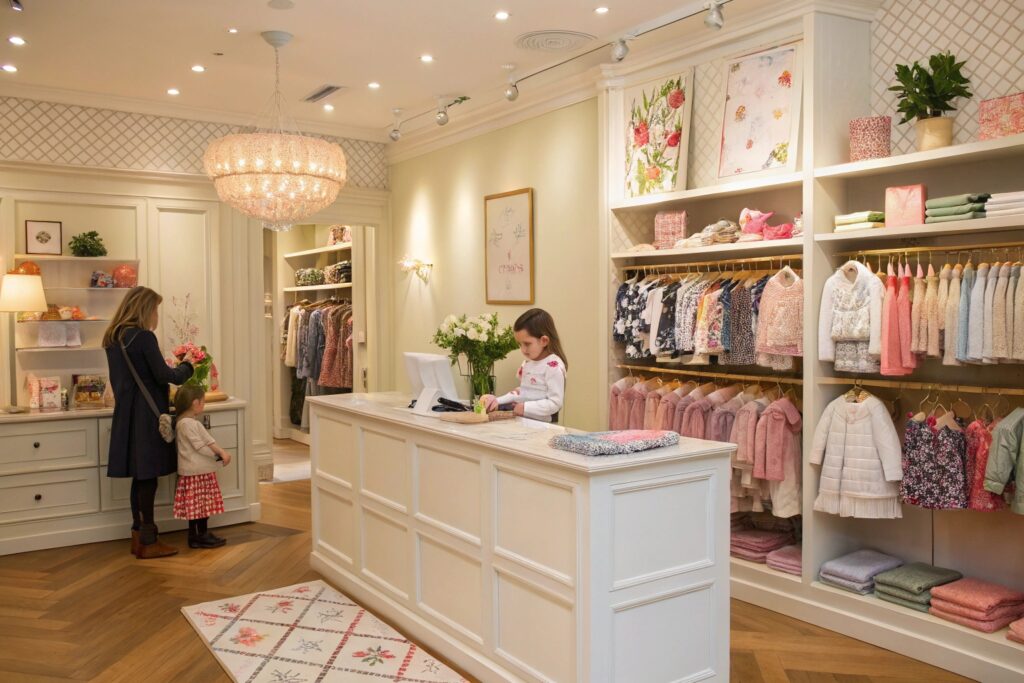
What kind of margins do boutiques expect when buying from capsule line suppliers?
Boutiques typically look for 2.5x to 3x markups on wholesale prices. So if your baby romper costs $10 wholesale, the boutique will likely retail it for $25–$30. Capsule lines make this easier by offering pre-matched sets that feel more valuable and reduce guesswork.
That’s one reason why buyers love ordering our ready-to-display bundles at Fumao Clothing. We include coordinated outfits, size variety, and even hang-tag branding, saving boutiques hours of prep work.
What makes kidswear more profitable than adult fashion?
Here are key factors that boost profitability in kidswear:
| Factor | Kidswear Advantage |
|---|---|
| Lower Returns | Parents rarely return kids' items unless defective |
| Higher Purchase Urgency | Kids outgrow fast — repeat purchases are frequent |
| Emotional Drivers | “Cuteness” sells — design matters as much as function |
| Gifting Opportunities | Kidswear is a common gift category year-round |
Boutiques often focus on niche themes: organic wear, gender-neutral, holiday specials. If your capsule collection caters to one of these, your pitch becomes more attractive.
How do you ask a boutique to sell your products?
Have a capsule line ready, but nervous about reaching out to boutiques?
You ask a boutique to sell your products by preparing a professional pitch that includes a line sheet, wholesale terms, and an explanation of how your capsule adds value to their store.
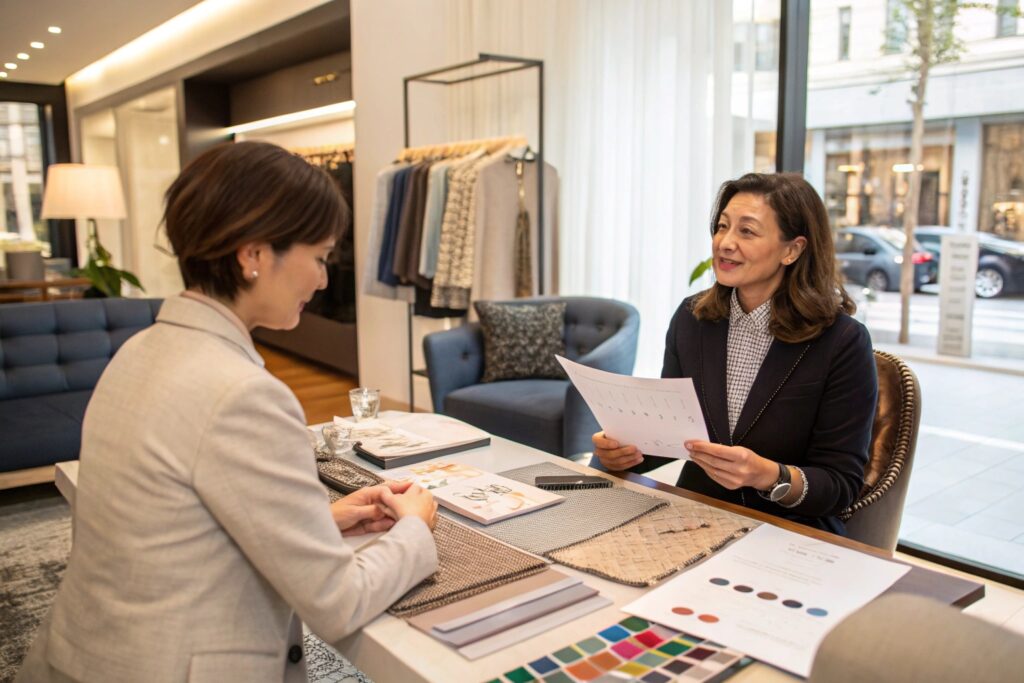
What materials should I prepare before contacting a boutique?
Before your first email or visit, have these in place:
- Line Sheet: High-quality images, SKU codes, size runs, wholesale price, MOQ
- Brand Story: Why you started, who your customer is, what makes you different
- Capsule Logic: Show how pieces mix & match — this is a huge value-add
- Terms Sheet: Payment terms, delivery timelines, return policies
If you’re sourcing through a factory like us at Fumao Clothing, we can even help prepare digital catalogs and mock store displays for your collection to boost your pitch.
What should I say in my email or visit to a boutique?
Here’s a proven structure:
- Introduce your brand and capsule idea in 1 sentence.
- Mention why you admire their store, referencing something specific.
- Describe your collection's value (limited edition, mix-and-match, seasonal).
- Attach your line sheet and invite them to preview samples.
- Offer a low-risk trial order with flexible terms.
For example:
“Hi Susan, I’m the founder of Tiny Sprout, a capsule-based kidswear line focused on weekend playsets. I love how your boutique curates earth-toned collections — I think our pieces could be a great fit. I’ve attached a lookbook; would love to drop off samples or chat this week.”
How do you make a kids capsule wardrobe?
Wondering how to design a capsule that’s both stylish and sellable?
To make a kids capsule wardrobe, combine 6–10 versatile, seasonally themed pieces that can be mixed and matched easily across outfits for maximum outfit options.
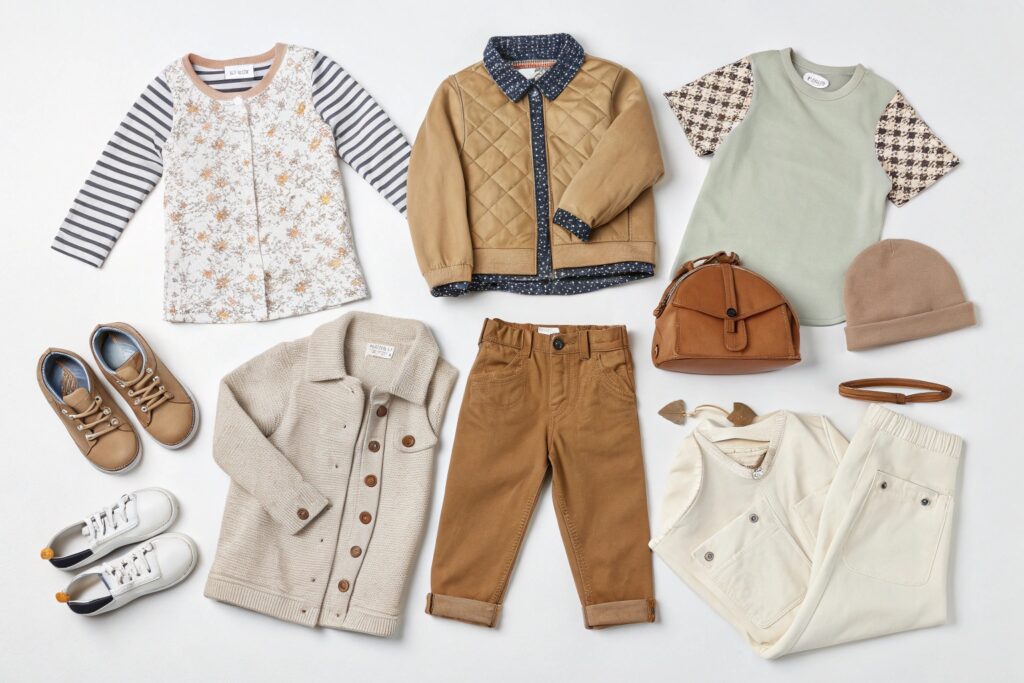
What’s the ideal structure for a sellable kidswear capsule?
A typical kids capsule includes:
| Item Type | Count |
|---|---|
| Tops | 2–3 |
| Bottoms | 2–3 |
| Outerwear | 1 |
| Dress/Set | 1–2 |
| Accessories | 1–2 |
Use a 3-color theme with one neutral, one core, and one accent color. For example: oatmeal (neutral), navy (core), mustard yellow (accent). This makes visual merchandising smoother for boutiques.
When our clients at Fumao Clothing order a capsule, we help them plan SKU ratios and age size runs — e.g., 6M–24M or 2Y–6Y. We also offer fabric matching and bulk discounts for full capsule bundles.
How do I make the capsule feel premium without raising prices?
It’s about design clarity, not extravagance. Use:
- Soft-touch fabrics like interlock or bamboo blends
- Timeless silhouettes — think joggers, rompers, layered tees
- Minimal branding so the style fits multiple store types
- Sustainable packaging (which we offer at Fumao) to appeal to boutique values
Consider storytelling. A capsule called “Winter Woodland” with bear motifs, forest green hoodies, and plush textures feels cohesive and premium — even if your cost-per-piece is under $8 wholesale.
Conclusion
Pitching your kidswear capsule to boutiques is easier when you design with retail needs in mind. Focus on storytelling, visual cohesion, and reliable production — like what we offer at Fumao Clothing — and your pitch will stand out.

